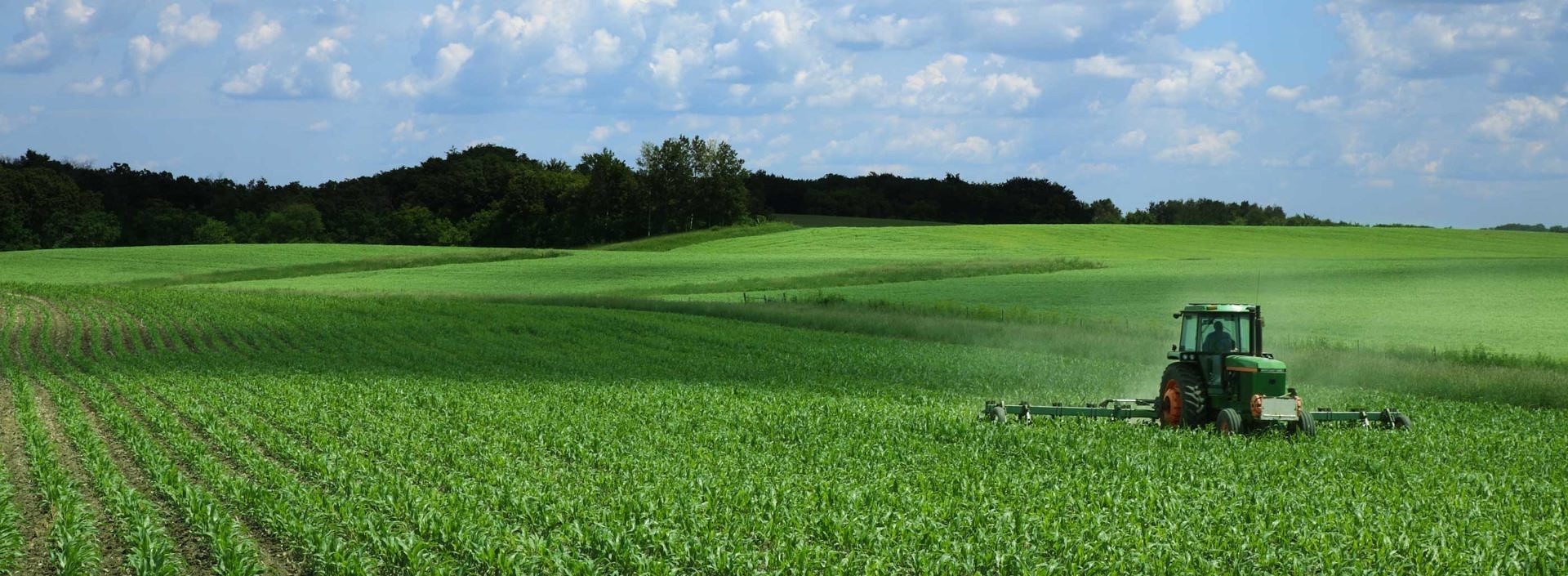Agriculture and Food Security: Obstacles and Solutions
Agriculture and Food Security: Obstacles and Solutions
Blog Article
Enhance Agricultural Performance With High-Quality Water Soluble Polymers
These polymers supply an array of benefits that can change standard farming approaches, from boosting water retention and efficiency to maximizing soil structure and nutrient shipment systems. By taking advantage of the power of innovative polymer services, farmers can potentially open new pathways in the direction of accomplishing greater crop returns while reducing environmental impacts.

Advantages of Water-Soluble Polymers
Water-soluble polymers use a wide variety of advantages in agricultural applications because of their enhanced water retention buildings and ability to improve soil structure. Agriculture. These polymers, when included in the soil, can dramatically increase water holding capacity, reducing the regularity of irrigation called for by crops. By forming a gel-like substance when combined with water, water-soluble polymers produce a storage tank that slowly releases wetness to plant origins, making sure a much more constant water supply during droughts
Furthermore, these polymers assist in protecting against dirt erosion by binding soil particles with each other, consequently enhancing dirt structure and stability. Enhanced soil framework enables far better origin penetration and aeration, promoting healthier plant growth and higher plant returns. Water-soluble polymers likewise help in nutrient retention by minimizing leaching, ensuring that important nutrients stay readily available to plants for a longer duration.
Improved Water Retention and Performance
Enhancing farming water retention and effectiveness through the unification of advanced polymer modern technologies has come to be an extremely important focus in modern farming techniques. Water-soluble polymers play an essential duty in enhancing soil framework, boosting water seepage, and minimizing water evaporation prices. By forming a thin movie on the soil surface, these polymers aid to stop water runoff and boost the dirt's water-holding capability, making sure that plants have accessibility to an ample supply of water.
In addition, making use of premium water-soluble polymers can significantly decrease the regularity of irrigation, as they boost the soil's ability to retain dampness for longer durations. This not only preserves water but likewise minimizes the energy and labor costs related to watering practices. Furthermore, enhanced water retention and performance result in far better nutrient uptake by plants, bring about enhanced crop yields and general farming efficiency.
Boosted Nutrient Shipment Equipment
Provided the significant influence of top quality water-soluble polymers on enhancing water retention and effectiveness in agriculture, the emphasis currently moves towards optimizing nutrient distribution systems to further improve plant development and return. Boosted nutrient shipment systems play a critical role in making certain that plants receive the required nutrients in a type that is easily available for uptake, promoting their total wellness and productivity. By incorporating water-soluble polymers right into nutrient distribution systems, the efficiency of nutrient uptake by plants can be dramatically boosted.
One key benefit of using top notch water-soluble polymers in nutrient shipment systems is their capability to control the release of nutrients, guaranteeing a steady and regulated supply to plants over a prolonged duration (Agriculture). This regulated launch device aids prevent nutrient leaching and drainage, consequently taking full advantage of nutrient use by crops and lowering environmental impact

Soil Structure Optimization Techniques
Enhancing dirt framework is vital in modern-day farming for maximizing crop yields and advertising sustainable land management practices. Dirt framework optimization methods play a crucial duty in making sure that dirt provides an optimal setting for plant growth. One essential technique is the enhancement of raw material, such as garden compost or manure, which helps boost dirt framework by enhancing its water-holding capacity and nutrient retention.
Moreover, exercising minimum tillage or no-till farming can protect against soil compaction and promote the development of a healthy and balanced dirt framework. Cover cropping is an additional reliable strategy that includes growing plants especially to improve the dirt and protect, preventing erosion and improving dirt framework.
In addition, carrying out crop turning techniques can aid break pest and illness cycles, while likewise enhancing soil structure with the differing origin frameworks of various plants. Overall, utilizing these dirt structure optimization strategies can bring about raised agricultural productivity, minimized environmental influence, and lasting sustainability in farming practices.
Sustainable Solutions for Crop Returns

To address the obstacles of making the most of plant returns while promoting lasting land management practices, discovering sustainable services becomes imperative in Read More Here contemporary agriculture. One lasting solution for enhancing plant yields is the use of accuracy farming methods.
Furthermore, promoting crop turning and cover cropping can assist maintain soil health, minimize disintegration, and improve nutrition cycling, eventually adding to greater returns over time. Integrated insect management strategies likewise play an essential function in sustainable crop manufacturing by decreasing the dependence on chemical pesticides and promoting natural insect control approaches.
Furthermore, buying study and development for developing drought-resistant crop ranges and climate-resilient farming methods can help alleviate the effect of climate adjustment on farming while making certain constant returns despite ecological challenges. By embracing these lasting services, farmers can accomplish higher plant yields while protecting the wellness of the land for future generations.
Verdict
Finally, making use of high-grade water-soluble polymers in farming provides numerous benefits such as improved water retention, boosted nutrient shipment systems, and enhanced soil framework. By applying sustainable services for plant returns, farmers can substantially boost farming productivity and performance. Agriculture. Water-soluble polymers give a cost-efficient and eco-friendly approach to boost the total efficiency visite site of farming techniques, bring about better results for both farmers and the setting
These polymers use an array of benefits that can change traditional farming methods, from improving water retention and efficiency to maximizing dirt framework and nutrient distribution systems.In addition, these polymers help in stopping soil erosion by binding soil bits together, therefore enhancing soil structure and stability. By creating a slim film on the soil surface area, these polymers aid to protect against water runoff and enhance the soil's water-holding ability, making certain that plants have accessibility to an ample water supply.
Soil structure optimization strategies play an important role in ensuring that dirt gives an excellent setting for plant development.In final thought, the usage of top quality water-soluble polymers in agriculture supplies various advantages such as improved water retention, enhanced nutrient distribution systems, and maximized dirt structure.
Report this page